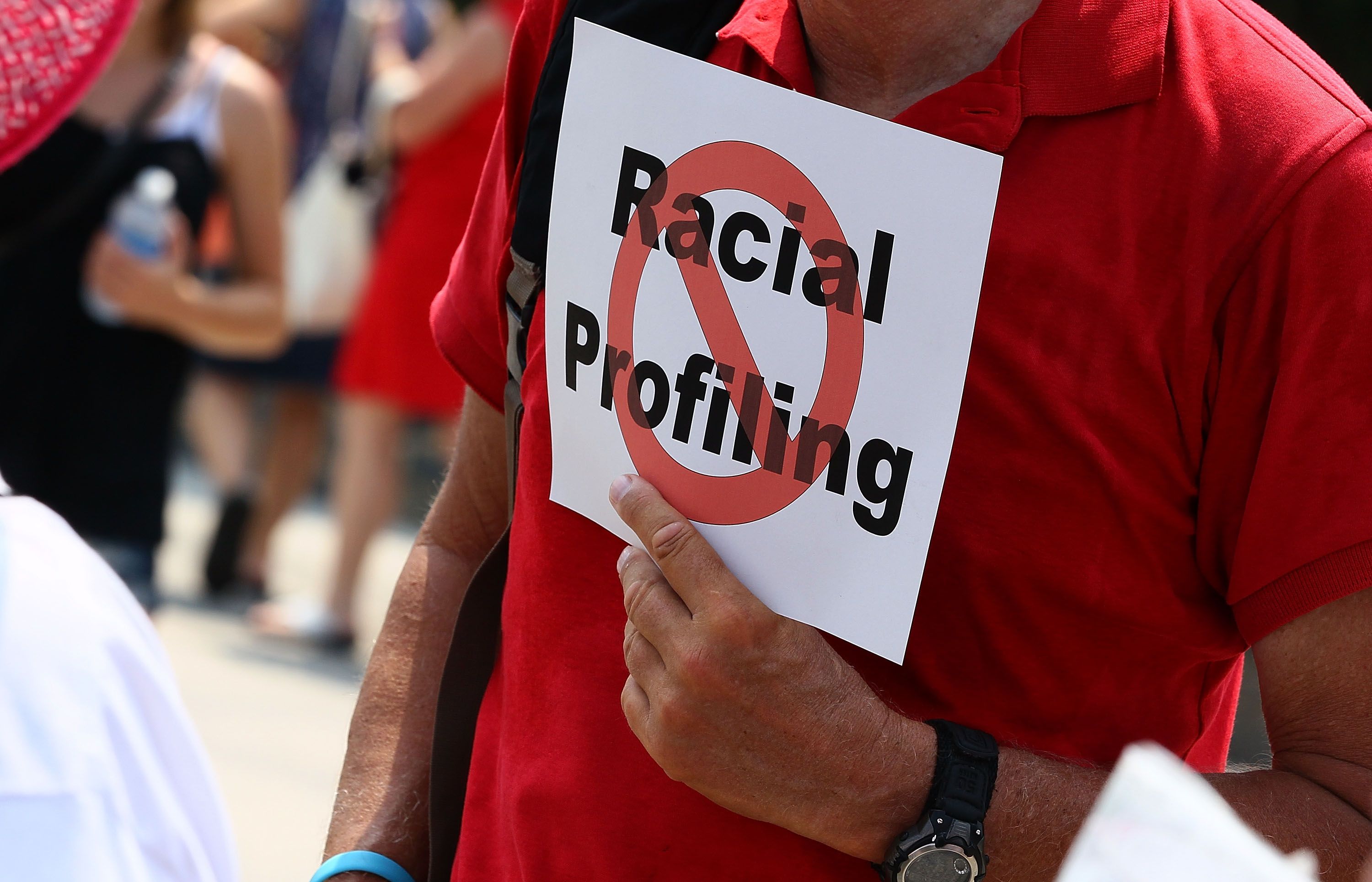“Bizarre.”
This was the answer given by Former Detective Superintendent Bob Denmark of Lancashire, England when asked what people in the UK thought about the execution of Teresa Lewis. “[People] are no safer now than we were before her death,” added Ronald Hampton, a former D.C. Metropolitan Police Department Community Relations Officer and past Executive Director of the National Black Police Association.
Denmark, who has investigated over 100 homicides in the U.K. as well as genocide in Africa, and Hampton were joined by Police Chief James Abbott of West Orange, New Jersey and Senior Portuguese Public Prosecutor Antonio Cluny at the National Press Club yesterday to share European and American law enforcement perspectives on fighting crime with and without the death penalty. They discussed whether the death penalty helps or hurts in keeping citizens safe, healing victims, and using crime-fighting resources efficiently.
The short answer to those questions: no. We are no safer because the death penalty is enforced, victims are not healed due to the long and drawn-out process of the death penalty, and our financial resources are not being used effectively. They should be used to train and educate police forces and communities, instead of for “deterrent” purposes.
We are inundated with facts and statistics that tell us the death penalty serves no deterrent function. What is more powerful, though, is listening to a man who has investigated over 100 homicide cases tell you that he thinks the deterrence argument for the death penalty is “ridiculous.” A child molester, Denmark elaborated, is not deterred from his crimes by the fact that a homicidal terrorist is on death row for his murders. Offenders don’t premeditate getting caught.
But we’ve heard the deterrence argument before, and the obsolete nature of the death penalty goes far beyond its uselessness in preventing crime. Cluny noted that in Portugal, where the death penalty was abolished in 1864, violent crime rates are significantly lower than in other countries, including retentionist countries. Yes, murder still occurs in Portugal, but no one has tried to reintroduce the death penalty. “The first human right,” Cluny said, “is the right to live.”
Alex Trimble contributed to this post.
